Manganese Deficiency in Cannabis Plants: Causes, Symptoms, and How to Fix It
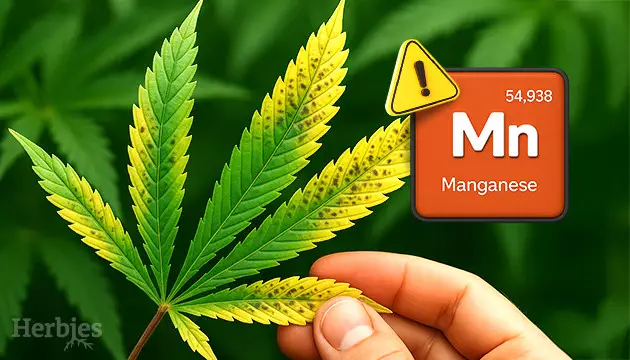
Your plants looking tired even though your NPK game is on point? The problem might be manganese. This underrated micronutrient often flies under the radar, especially for new growers – but it’s essential for healthy cannabis growth. When it’s missing, your plant can seriously struggle – even if the main nutrients are dialed in. In this guide, we’ll break down how to spot manganese deficiency in cannabis plants, how to prevent it, and what to do if your plants are already showing signs.
The Role of Manganese in Cannabis Plants
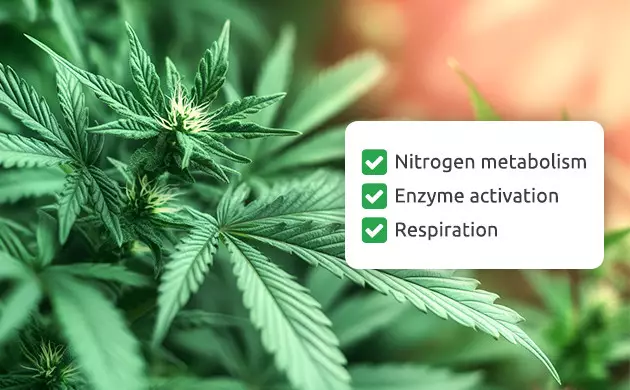
Manganese is a vital micronutrient that supports your plant’s core functions. It powers enzymes, aids oxygen intake, and plays a big role in photosynthesis and water splitting – especially useful when growing cannabis outdoors in low-light conditions. When manganese is lacking, photosynthesis slows, root development suffers, and sugar and nitrogen metabolism go off track, leading to stunted growth.
It also helps with phosphorus and calcium uptake, boosts plant immunity, and supports seed development and vitamin production. In short, when manganese is available and balanced, your entire nutrient system works better – and your yields improve without extra effort. Spotting issues early makes all the difference.
Signs and Symptoms of Manganese Deficiency

Early signs of manganese deficiency show up as interveinal chlorosis – yellowing between the veins on young top leaves, while the veins themselves stay green. That classic “green-on-yellow” look is hard to miss once you know it. As the issue progresses, brown spots develop, and the leaves become crispy and fragile.
Since manganese doesn’t move easily through the plant, new growth suffers first. Photosynthesis slows, internodes shrink, and the plant stops stretching.
It’s a slow creep – so by the time most growers notice, the damage is often done. Catching it early can save your harvest – so keep a close eye on those upper leaves. Manganese may be minor in quantity, but it’s major in impact.
Causes of Manganese Deficiency in Cannabis Plants
Manganese deficiency usually isn’t about not having enough manganese in the soil – most grow mediums have plenty. The real culprits? High pH levels and too much iron, both of which block manganese from getting into the roots. Once pH climbs above 6.0, manganese becomes unavailable to the plant, no matter how much is technically there.
A common mistake is trying to fix the issue by just adding more manganese. But without lowering the pH first, it won’t help – and can even make things worse. Cannabis plants only absorb manganese in its Mn²⁺ form, and at the wrong pH, it converts into forms the roots can’t take in.
So the trick isn’t adding more – it’s unlocking what’s already there by flushing and dialing in your pH. Just be careful not to swing too far in the other direction; too much acidity can also stress your plant and cause toxicity.
How to Fix Manganese Deficiency in Cannabis
Manganese deficiency can definitely hit your plant hard – but if you catch it early and act smart, there’s a solid chance for a full recovery.
If You Catch It Early
Early signs include yellowing between the veins of young top leaves, while the veins stay green. The plant starts looking pale, and growth slows down, especially on new shoots.
Here’s what to do:
- Flush the medium with clean water at pH 6.0. This helps clear out salt buildup and brings the root zone back into balance.
- Light feeding with a half-strength nutrient solution that includes manganese, also at pH 6.0.
- Foliar spray with a manganese-rich solution. This is a great shortcut – nutrients go straight to the leaves without having to travel up from the roots.
If your diagnosis is on point, you’ll see improvement in just a day or two. After that, stay consistent: monitor pH and EC with every watering and keep an eye on your runoff to catch any imbalances before they escalate.
If It’s Already Advanced
If your plant’s already showing full-blown symptoms – lots of yellowing leaves, brown necrotic spots, stunted growth – you’ll need a more hands-on approach.
Steps to recover:
- Flush again with pH 6.0 water to remove blockages and reset the root zone.
- Feed properly with a balanced nutrient mix matched to the plant’s growth stage, keeping pH around 6.0.
- Trim the damage. Severely affected leaves aren’t doing photosynthesis anymore – they’re just draining energy. But don’t go wild with the scissors. Trim gradually over a few days to avoid shocking the plant.
An advanced deficiency isn’t a death sentence, but time is not on your side. The sooner you act, the better your odds of saving the harvest.
Post-Recovery Care
Once your plant starts bouncing back, don’t get too comfortable. Keep a close eye on:
- pH of both your feed and runoff.
- EC levels to prevent salt buildup.
- New growth – it’ll show you first if things start slipping again.
A little consistency and attention go a long way in keeping manganese (and everything else) in check.
How to Prevent Manganese Deficiency in Cannabis
The best way to avoid manganese deficiency? Set your plant up for success from the start. That means keeping your pH levels in the sweet spot:
- 6.0-6.5 for soil
- 5.5-6.0 for hydroponics
And don’t just test your feed – check your runoff too. It gives you a clearer picture of what’s actually happening in the root zone.
Stick with slightly acidic substrates (something with perlite or vermiculite works great) and use cannabis-specific nutrients. These blends are dialed in to support your plant at every stage, from seed to harvest.
Regularly checking pH and EC might feel like a chore, but trust us – it’s the easiest way to keep your plant thriving. Even small shifts can mess with nutrient uptake, so staying on top of it pays off big time.
How to Tell It Apart From Other Deficiencies
Manganese deficiency can look a lot like a lack of iron or magnesium – but it’s got its own fingerprint.
The key giveaway? Where and how the yellowing starts. With manganese, it hits the young top leaves first, with yellowing between the veins while the veins themselves stay green. That gives it a kind of “green net” look. Over time, you’ll see random brown spots pop up, and the leaves start crumbling at the touch.
Unlike iron, manganese usually doesn’t bleach the whole leaf. And it causes tissue death a lot quicker. Magnesium, on the other hand, shows up on the lower leaves, not the top.
Another big clue? The cause. Manganese issues are rarely about not having enough – it’s usually your pH blocking uptake. Fixing that is often more effective than just adding more nutrients.
Conclusion: Keep Manganese in Balance for a Healthy Harvest
Manganese might not get as much attention as nitrogen or potassium, but your plant feels it when it’s missing. If you’ve run into symptoms like this – or found a fix that worked for you – drop a comment below and share your tips on dealing with manganese deficiency in cannabis. Let’s grow smarter together!
Herbies Head Shop expressly refuses to support the use, production, or supply of illegal substances. For more details read our Legal Disclaimer.

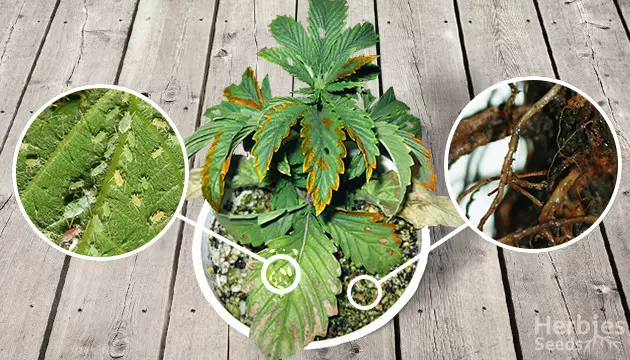
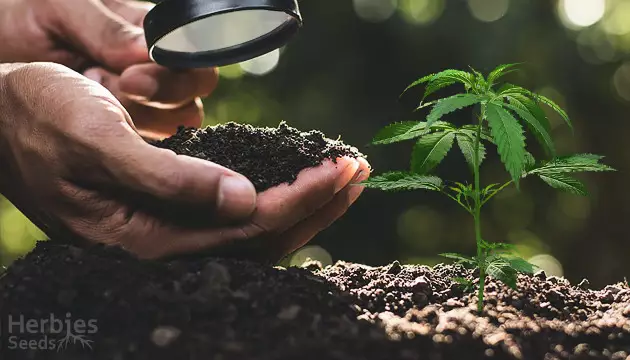


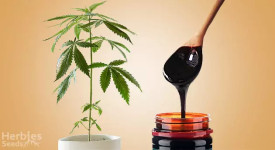
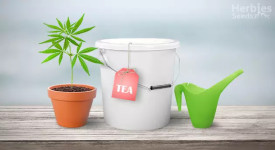
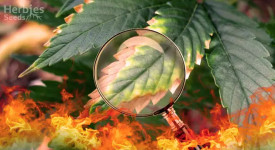
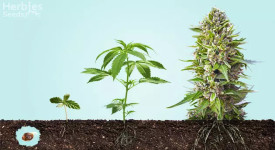

Thank you for leaving a comment for us!
Your feedback will be posted shortly after our moderator checks it.
Please note that we don’t publish reviews that: